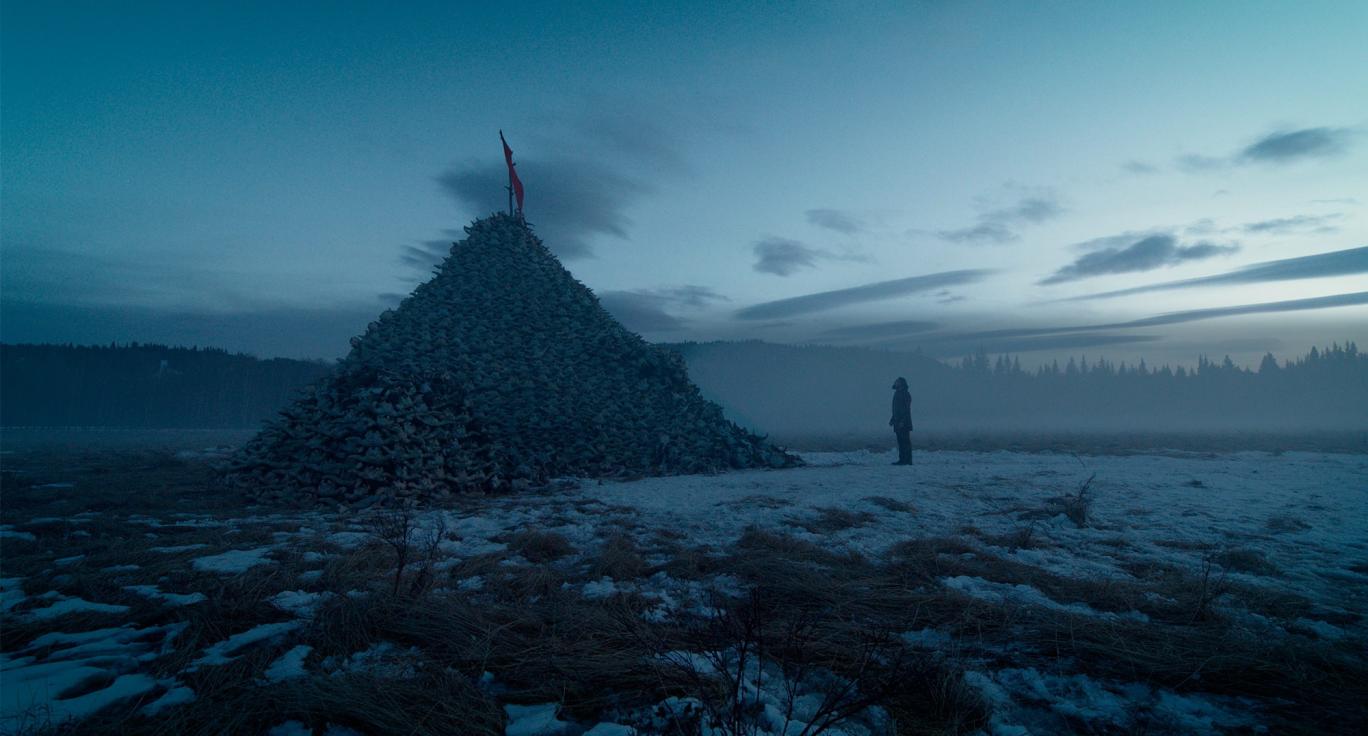Cinematographers call for new Oscars category to distinguish between VFX and actual photography

'A great deal of what viewers are looking at is not in fact shot by the cinematographer but is created by artists on a computer.'
Major cinematographers have spoken out against the increasingly deceptive use of VFX in films.
When you think of CGI you probably think of the very unsubtle Michael Bay, robots smashing skyscrapers kind, but the technology is now used in many ways you wouldn’t even notice — from enhancing landscapes to thickening forests.
"I wish there were two categories," Oscar-nominated The Hateful Eight cinematographer Robert Richardson told The Hollywood Reporter, because there are "films that are shot relatively 'normal,' and then there are films that are shot with all visual effects and very minimal live action."
The debate first bubbled with reagards to 2013 cinematography winner Life of Pi, a stunning movie that was stunning largely thanks to the incredible VFX.
"It's just not a level playing field currently," Richardson. said
"A great deal of what viewers are looking at is not in fact shot by the cinematographer but is created by artists on a computer and by the director directing them and the cinematographer that's working hand in hand with them
“So let's open this up so we have a more even playing field and a more exciting one — with 10 films, with a wider range.
“The dilemma is, how do you define it? It's extremely difficult to say what percentage is a VFX film versus 'classically' photographed."
Richardson is not alone. Carol cinematographer Ed Lachman, also nominated this year, added: “It's becoming harder and harder to make that distinction between what is original photography and what is postdigital effects and photography.
”They can do everything in post if you have the time and money."
The potential new category wouldn’t be an unprecedented move for the Academy, which until 1967 handed out one Oscar for films shot in and black and white and one for films shot in colour.
Политика конфиденциальности | Правила пользования сайтом







